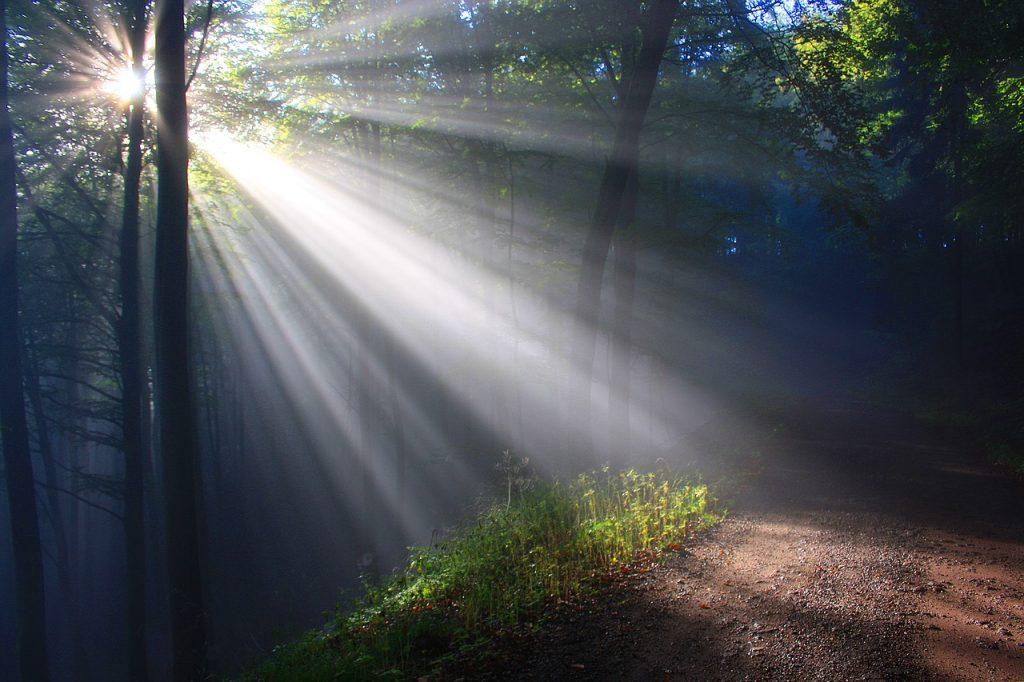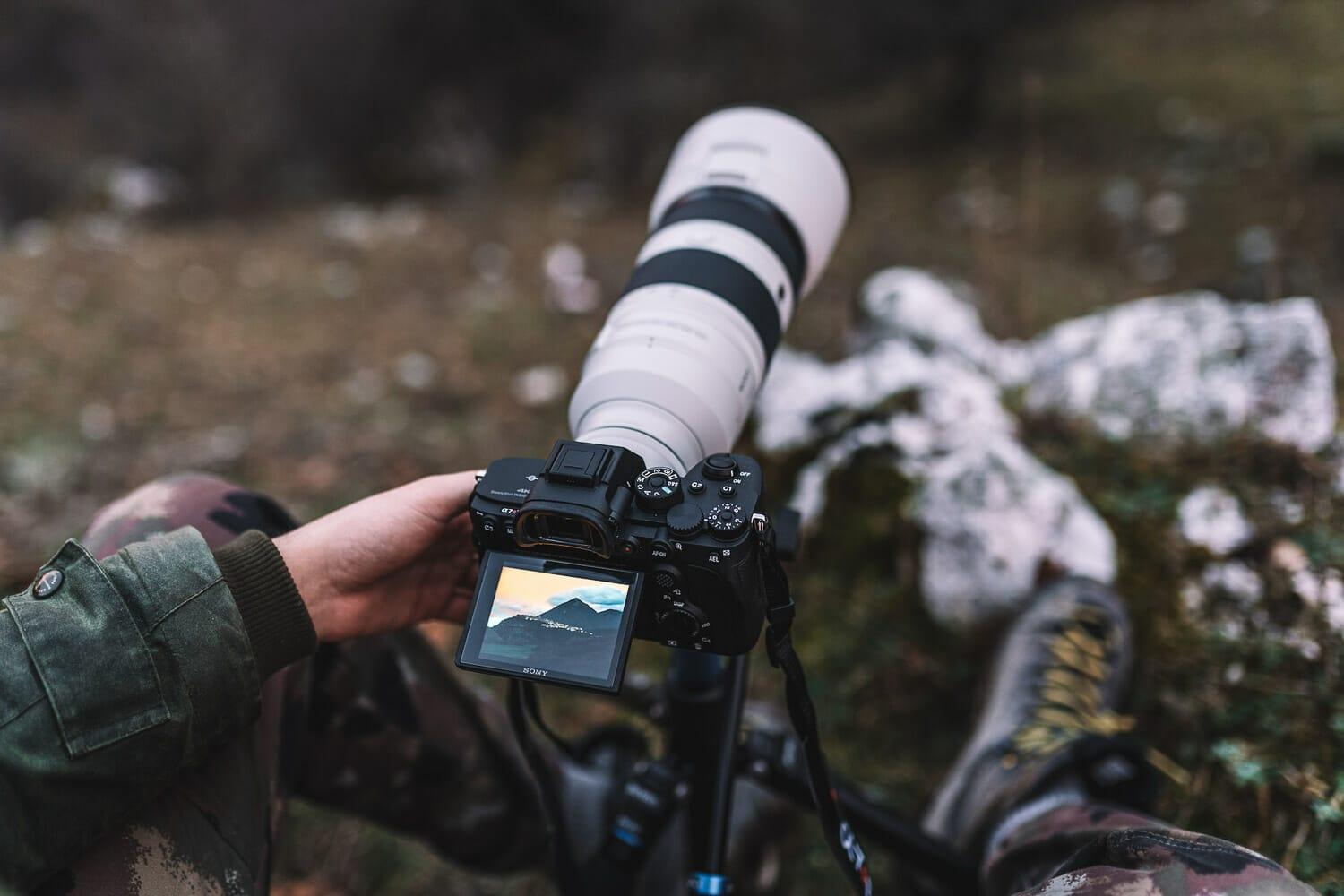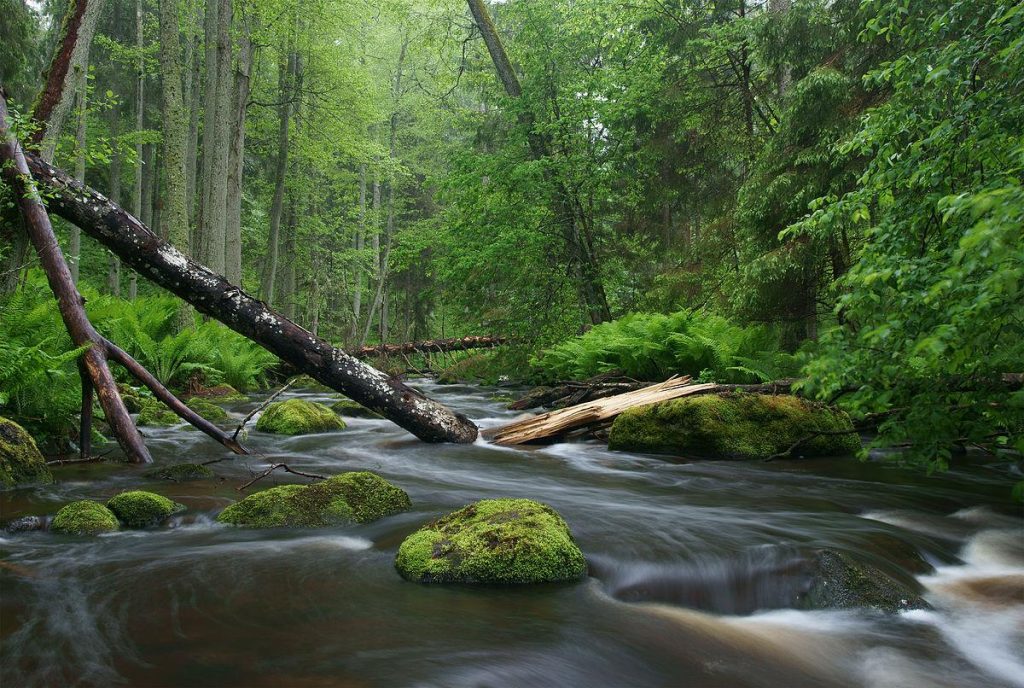In a world brimming with breathtaking landscapes and intricate details, nature beckons aspiring photographers to capture its beauty through their lenses. The art of nature photography is not merely about pressing a button; it is a dance between the photographer and the environment, a dialogue that unfolds amidst vibrant colors, shifting light, and the gentle rustle of leaves. For beginners stepping into this captivating realm, the challenge can feel daunting, yet the rewards are immeasurable. This article serves as a roadmap, guiding you through essential photography tips that will help transform your initial curiosity into skillful expression. Whether you’re wandering through lush forests, gazing at majestic mountains, or exploring serene coastlines, these insights will empower you to frame your experiences and share the wonders of the natural world with others. Prepare to embark on a journey that will not only refine your technical abilities but also deepen your connection to the extraordinary beauty that surrounds us.
Table of Contents
- Understanding Natural Light and Its Impact on Photography
- Choosing the Right Equipment for Nature Photography
- Mastering Composition Techniques in Outdoor Settings
- Editing Your Nature Shots for Maximum Impact
- Future Outlook
Understanding Natural Light and Its Impact on Photography

Natural light plays a pivotal role in photography, shaping the mood and usability of images you capture. Different times of day produce varying qualities of light, impacting not just exposure but also color temperature and shadows. For instance, the golden hour—which occurs shortly after sunrise and before sunset—offers a warm, soft light that can enhance the beauty of landscapes and portraits alike. During this time, colors become more vibrant and skin tones appear more flattering, making it a prime time for photographers looking to achieve that magical, ethereal quality in their images.
Understanding how to harness natural light effectively requires practice and observation. Some key considerations to take into account include:
- Time of Day: Morning and late afternoon light tends to be softer, while midday sun can create harsh shadows.
- Weather Conditions: Overcast days produce diffused light that can reduce contrast, perfect for even lighting.
- Direction of Light: Experiment with backlighting or side lighting to add depth and interest to your compositions.
By being mindful of these aspects, beginners can elevate their photography game and create stunning images that effectively capture the essence of the moment.
Choosing the Right Equipment for Nature Photography

Choosing the right equipment can make a significant difference in your nature photography journey. Investing in a quality camera is imperative, as it determines the clarity and detail of your images. For beginners, a digital single-lens reflex (DSLR) or mirrorless camera is recommended for their versatility and adaptability. Pair your camera with a sturdy tripod to stabilize your shots, especially in low-light conditions or when capturing long exposures of breathtaking landscapes. Additionally, use a variety of lenses to enhance your creative options. A macro lens is perfect for capturing intricate details of flora and fauna, while a wide-angle lens can help you convey the grandness of a sweeping vista.
In addition to your primary gear, there are several accessories that can significantly enhance your shooting experience. Consider including a polarizing filter, which reduces glare and improves color saturation, helping your photos stand out. Extra batteries and memory cards are essential for ensuring you don’t miss a moment due to technical limitations. Lastly, a weather-resistant camera bag will protect your equipment when faced with the unpredictability of nature. Here’s a quick overview of essential gear:
| Equipment | Purpose |
|---|---|
| Camera | Capturing high-quality images |
| Tripod | Stability for sharper images |
| Various Lenses | Different perspectives & details |
| Polarizing Filter | Reduce glare & enhance colors |
| Extra Batteries | Prevent downtime during shoots |
| Weather-Resistant Bag | Protection for your gear |
Mastering Composition Techniques in Outdoor Settings
When photographing the great outdoors, understanding the principles of composition can elevate your visuals from ordinary to extraordinary. Rule of Thirds, for example, is an invaluable technique that involves dividing your frame into a grid of nine equal squares. By aligning essential elements of your scene along these lines or at their intersections, you add balance and dynamism to your compositions. Leading Lines are another powerful tool; whether it’s a winding path, a river, or the horizon, using lines to guide the viewer’s eye can create a sense of depth and invite exploration. Additionally, consider incorporating Framing techniques, which involve using elements within the scene—like branches or rocks—to encase the subject. This adds context and draws the viewer’s attention to your focal point.
While these techniques lay the foundation, breaking away from conventional rules can yield stunning results. Embrace Negative Space, allowing vast areas of empty space to make your subject stand out dramatically. Similarly, experimenting with Symmetry can produce visually striking images; search for mirroring patterns in nature, such as reflections in a lake. To keep your compositions fresh, consider varying the Perspective from which you shoot—crouching low to the ground or climbing to higher vantage points can drastically change the look and feel of your images. To help you implement these techniques, refer to the following quick tips:
| Composition Technique | Key Benefit |
|---|---|
| Rule of Thirds | Enhances balance and focus |
| Leading Lines | Creates depth and guides the viewer |
| Framing | Emphasizes the subject |
| Negative Space | Highlights the subject boldly |
| Symmetry | Provides visual harmony |
| Perspective | Offers unique viewpoints |
Editing Your Nature Shots for Maximum Impact
To enhance the beauty of your nature shots, editing is where the magic can really happen. Start by utilizing basic editing tools to adjust the exposure, contrast, and saturation of your images. These adjustments can make a significant difference in how vibrant and inviting your photos appear. Don’t forget to explore the cropping tool to improve the composition; removing distracting elements from the edges can pull the viewer’s eye to the captivating scene at the center. Also, consider using filters or presets to create a uniform look across your collection, making it feel cohesive and intentional.
Beyond basic adjustments, consider the impact of sharpening and noise reduction. While sharpening can enhance details in your shots, overdoing it may result in an unnatural appearance. Aim for a balance that highlights the textures of leaves, rocks, and water without making them look overly processed. As you edit, keep in mind the emotional response you want to evoke. A simple editing checklist can help streamline your workflow:
- Adjust exposure to bring out the perfect light
- Fine-tune colors for visual harmony
- Apply sharpening selectively on focal points
- Use cropping to refine composition
Future Outlook
As we conclude our journey through the captivating world of nature photography, remember that every snapshot tells a story, woven from the threads of light, color, and texture found in the great outdoors. Embrace the process of learning and experimenting with your camera, for each click brings you closer to understanding the art of capturing the beauty around you. Whether it’s the delicate petals of a flower, the majesty of a mountain, or the stillness of a sunrise, let your passion guide your lens.
As a beginner, your perspective is uniquely yours—valuable and fresh. Be patient with yourself as you navigate the nuances of composition, lighting, and technique. The greatest photographers were once novices too, driven by curiosity and the desire to share their vision with the world. So go forth, camera in hand, and immerse yourself in the splendor of nature, capturing fleeting moments that resonate with your heart. With practice, perseverance, and a dash of creativity, you’ll soon find that the landscapes tell their tales best when seen through your eyes. Happy shooting!



